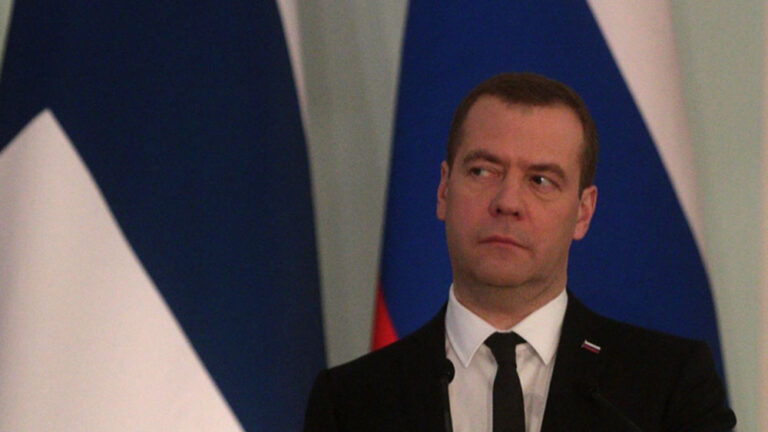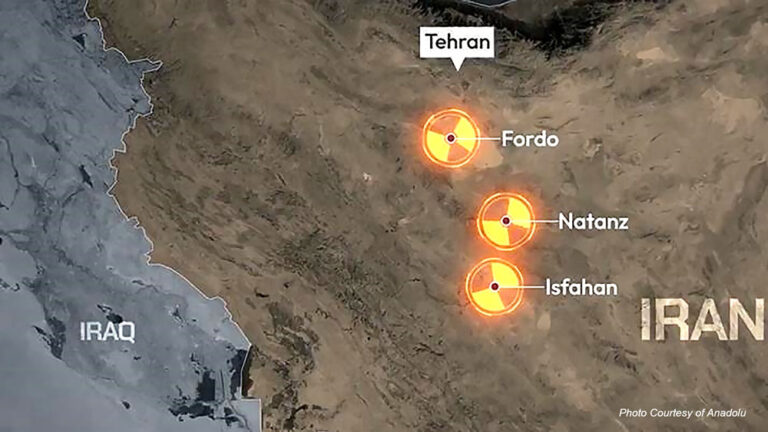The government plans to restore a preclearance system (see below) with Taiwan in fiscal 2017, under which immigration procedures for entry into Japan would be conducted in advance at travelers’ departure airport in Taiwan, according to sources.
The system enables smooth entry by foreign visitors, and the government aims to use it to better accommodate tourists from overseas, whose annual number is expected to reach 20 million. The government will soon start negotiations with Taiwan on the matter, the sources said.
From May 2005 to October 2009, the government operated a preclearance system at Incheon Airport in South Korea and Taoyuan Airport in Taiwan, from which many regular flights to Japan are operated. Immigration officers were dispatched to these airports from Japan.
It would be the first time in eight years for the system to be resumed. Preclearance would allow foreign visitors to enter Japan with only a passport check and an interview with an examiner when they arrive in Japan.
If someone with a history of illegal residence or another problem was spotted through fingerprint checking, they would be notified before boarding their airplane that they cannot enter Japan.
The number of tourists in Japan from Taiwan was 3.67 million in 2015. The government has earmarked ¥610,000 in its draft initial budget for fiscal 2016 as inspection fees for resuming the system at Taoyuan Airport.
The government also plans to suggest the resumption of the system to the South Korean government, as the number of visitors to Japan from South Korea last year was the second-largest among foreign tourists at 4 million, the sources said.
Tourists from Taiwan and South Korea account for about 40 percent of foreign visitors to Japan. If these tourists have finished preclearance, waiting time at airports in Japan will be shortened. Inspection booths are often crowded when an airplane from South Korea and Taiwan arrives, especially at local airports where inspection offices are shorthanded.
The waiting time for immigration checks was 38 minutes at Kansai Airport and 24 minutes at Haneda Airport on average from January to November in 2015. At Naha Airport, up to 51 minutes of waiting time per flight has been reported.
The preclearance system, which started in Taiwan and South Korea in 2005, was suspended after Japan started to require fingerprints and facial photos from foreign visitors in November 2007. Primarily taken against terrorism, these measures complicated procedures at departure points.
However, as Taiwan and South Korea also adopted a system of taking fingerprints and facial photos for foreign visitors’ entry, both have come to reassess the merits of a preclearance system, according to sources.
The United States, which also has required tourists from overseas to be photographed, is calling on each country to introduce preclearance as an antiterrorism measure. In Japan, the introduction of the system is being considered for Narita Airport.
The number of foreign tourists to Japan in 2015 increased by more than 40 percent from a year earlier to 19.73 million. The number is expected to grow further, as the government increased the number of international flights departing and arriving at both Haneda and Narita airports and lowered landing fees at local airports.
■ Preclearance
A system in which tourists to a foreign country go through immigration checks for the country they are traveling to before departure, at an airport in the country they will depart from. The system started between the United States and Canada in the 1970s and later spread in Europe. For Japan, the system was first adopted with South Korea during a period when the FIFA World Cup was co-hosted by Japan and South Korea in 2002.(The Yomiuri Shimbun)
Link: http://the-japan-news.com/news/article/0002720421



